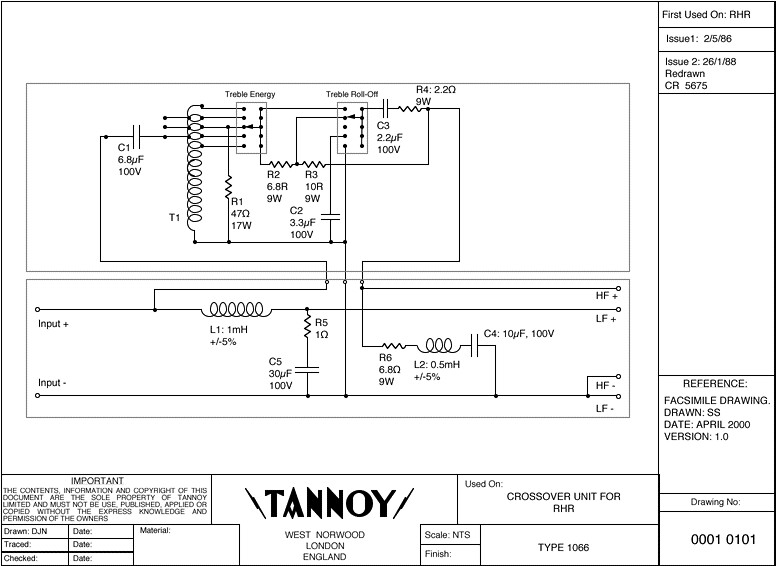First may I say this my 1st post on here (or any forum) so I don't know if this is the correct protocol, Sorry.
I have been asked to build a crossover for the TANNOY 3128 driver. Some say the 3128 has similar properties to the earlier HPD315A driver.
I notice the 3128 had a crossover designated 1012 when used in the Cheviot cabinet.
So, ... the question ... Can anyone tell me the difference between a 1012 crossover and the HPD315A crossover PLEEEESE?
Also when the 3128 was used in the Bradley a totally different and much simpler design was used. If anyone has info on this I would be interesred too.
Thanks to all who take time to answer. I bet Paul Coupe would know but I have no idea how to get in touch!!!
Cheers
Tony M




 Reply With Quote
Reply With Quote

 [/url]
[/url]
 Originally Posted by cooky
Originally Posted by cooky

